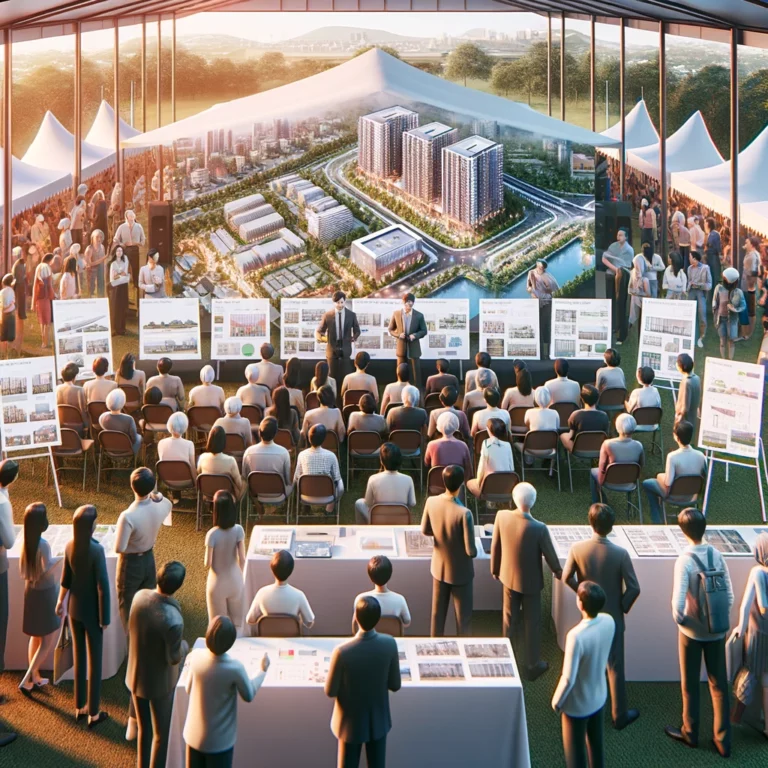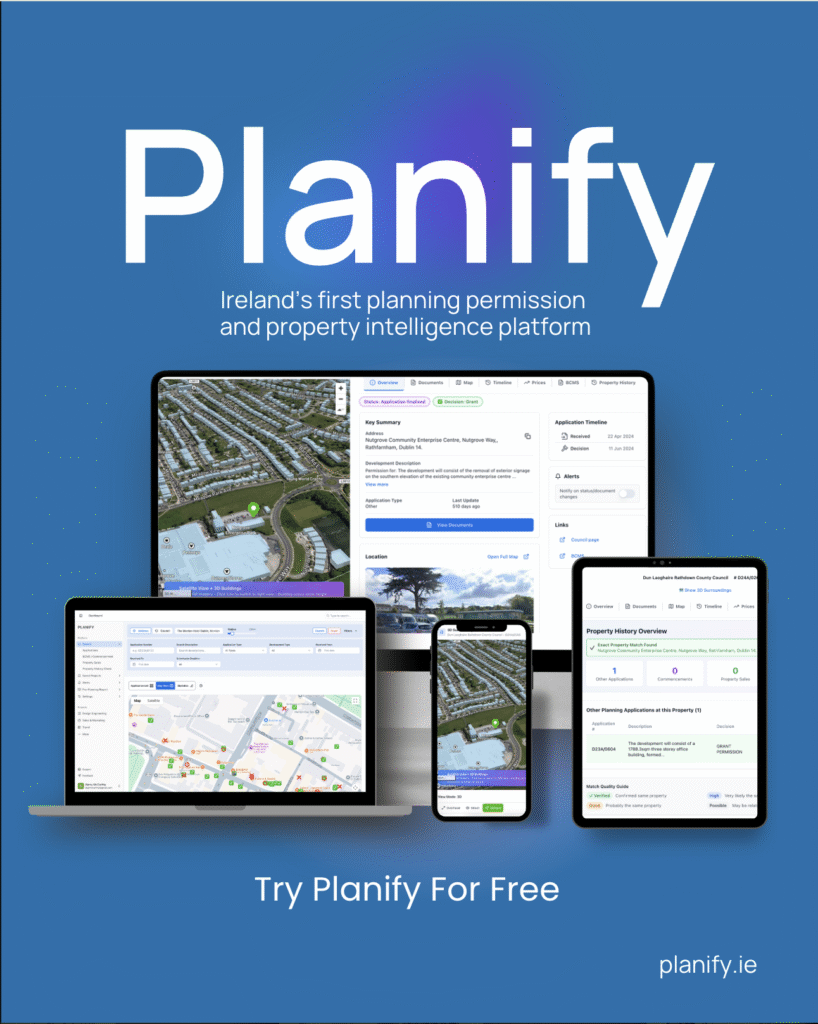Community Engagement & Stakeholder Consultation

Introduction
Community engagement and stakeholder consultation are pivotal elements in the planning and development process of commercial projects seeking planning permission. These processes ensure that the voices of the local community and other stakeholders are heard and considered, fostering a collaborative environment that can lead to more sustainable and accepted developments. Here, we delve into a detailed guide on effectively implementing community engagement and stakeholder consultation.
Community engagement refers to the process of involving local communities in the decision-making processes that affect them. This can include a range of activities from informing the community about proposed developments to involving them in planning and decision-making processes.
Stakeholder consultation, on the other hand, involves engaging with a broader group of individuals or organizations that have an interest in or could be affected by the proposed development. This includes local residents, business owners, environmental groups, local authorities, and potentially affected service providers.
The Importance of Engagement and Consultation
Engaging with the community and stakeholders is not just a procedural step; it offers several benefits:
- Enhances Project Acceptance: By involving the community and stakeholders early in the planning process, developers can address concerns and incorporate feedback, leading to higher levels of acceptance and support for the project.
- Improves Project Design: Feedback from the community and stakeholders can provide valuable insights that improve the design and functionality of the development, making it more suited to local needs and expectations.
- Mitigates Conflicts: Early and ongoing engagement can identify potential issues and conflicts, allowing for solutions to be found before they escalate, saving time and resources.
- Fosters Trust and Transparency: Open dialogue and transparency throughout the planning and development process build trust between the developer, the community, and stakeholders.
Strategies for Effective Engagement and Consultation
- Identify Stakeholders and Community Groups
The first step is to identify all potential stakeholders and community groups that might be interested in or affected by the proposed development. This ensures that the engagement process is inclusive and comprehensive.
- Tailor the Engagement Approach
Different stakeholders and community groups may require different approaches. Tailoring the engagement strategy to suit the needs and preferences of each group ensures effective communication. This could include public meetings, workshops, surveys, focus groups, or online forums.
- Provide Clear and Accessible Information
For the engagement process to be meaningful, stakeholders and the community need to have access to clear and understandable information about the proposed development. This includes details about the project, its potential impacts, and how feedback will be used in the decision-making process.
- Encourage Active Participation
Active participation can be encouraged by creating an open and welcoming environment, where all opinions are valued and considered. Techniques such as interactive workshops or design charrettes can be particularly effective in fostering active involvement.
- Offer Multiple Channels for Feedback
Providing multiple channels for feedback ensures that everyone has the opportunity to contribute, regardless of their availability or preferred method of communication. This could include online surveys, email, post, or dedicated phone lines, in addition to in-person meetings.
- Feedback Loop
It’s important to close the loop by providing feedback to the community and stakeholders on how their input has influenced the project. This reinforces the value of their participation and maintains trust.
- Ongoing Engagement
Community engagement and stakeholder consultation should not be seen as a one-off activity but as an ongoing process that continues through the planning, development, and operational phases of the project.
Conclusion
Effective community engagement and stakeholder consultation are critical for the success of commercial developments seeking planning permission. By adopting a strategic and inclusive approach to engagement, developers can build positive relationships with the community and stakeholders, leading to better project outcomes and a smoother planning process.




